Doctor Who ‘Lux’ review: Hope can change the world
Spoilers for “Lux.” It’s an interesting time to be a long-running science fantasy media property in the streaming TV age. Star Trek is in the grip of an existential crisis as it (wrongly) fears it’s too old-aged to be relevant. Star Wars became a battlefield in the culture war and, to duck all future bad faith criticism, gave us The Rise of Skywalker. And then there’s Doctor Who, which is somehow managing to plough a 62-year furrow and still fill it with original ideas. Don’t believe me? This week the Doctor and Belinda go up against a sentient cartoon holding the patrons of a 1950s cinema hostage. James Pardon / BBC Studios / Disney / Bad Wolf It’s 1952 in a sparsely populated cinema as the audience watches a breathless newsreel on the power of the atomic bomb. The projectionist flips over to a Merrie Melodies-style cartoon of Mr. Ring-A-Ding (voiced by Alan Cumming), an old-timey song-and-dance character. Just then, a beam of moonlight shines through the window, reflecting off a teaspoon and strikes the screen. Mr. Ring-A-Ding comes to life, talking directly to the scoffing audience before emerging into the theater to the sound of screams. Meanwhile, the Doctor and Belinda are in the TARDIS trying to work out why it’s refusing to land on May 24, 2025. Belinda asks why he doesn’t just take the ship back to his home planet for a fix, but she doesn’t get a satisfactory answer. Instead, the Doctor has built a gadget that will help pull the TARDIS back to the present day, it just needs to land in a few other places first. The pair wind up in Miami in 1952 and while the Doctor initially insists Belinda stay indoors, she’s eager to see what it’s like. They step out into the night (slash early morning) of 1952 Miami, outside the cinema from the pre-credits, albeit three months after Mr. Ring-A-Ding came to life. Since then, the theater has been locked shut, with the 15 patrons in the audience going missing; the projectionist, Reginald Pye, has stayed behind to act as caretaker, playing films to an empty room. They visit the diner across the street and meet the mother of one of the missing patrons, Mrs. Lowenstein, who fills in the backstory. They head into the cinema and Mr. Ring-A-Ding makes it clear he’s about to trap them in film before a Mr. Ring-A-Ding short stays playing on the screen. While he’s distracted, the Doctor and Belinda hot-foot it to the projection room where they meet Pye, who has been looking after the cinema patrons, all of whom have been trapped in a strip of film. Pye has been keeping Mr. Ring-a-Ding alive and appeased by playing movies for him every night. But the sinister cartoon has also given Pye something in return: He has a film of his late wife who Mr. Ring-A-Ding can bring back as a “real” person, at least for a few moments each night. Following on the theme of coercion from last week, the carrot is also a stick, since Mr. Ring-A-Ding also threatens to destroy that film if Pye steps out of line. Naturally, Mr. Ring-A-Ding isn’t just a beloved old-timey cartoon character but a god, one of the same pantheon as the Toymaker, Maestro and Sutekh. His real identity is Lux Imperator, or Lord of Light, and he's determined to consume all the light he can, including the most delicious (potential) meal of all — the atom bomb he’s been learning about in the newsreels. To prevent the Doctor and Belinda frustrating his plans, he manages to trap them in a cartoon. The Doctor and Belinda are turned into two-dimensional drawings, with two-dimensional minds and characterizations. In their panic, they confess their anxieties, including the Doctor’s worries he can’t get Belinda home. As they do so, they acquire physical depth until they return to their normal selves, and then break (okay, knocking over) the fourth wall into… someone’s living room. The Doctor and Belinda are greeted by a trio of Doctor Who fans watching the episode who are shocked and delighted to meet their heroes. The fans, Hassan Chowdry (Samir Arrian), Lizzie Abel (Bronté Barbé) and Robyn Gossage (Steph Lacey) explain, uh, Doctor Who to the Doctor. The season’s subconscious theme of Steven Moffat envy continues, with the trio saying their favorite episode is “Blink.” Robyn also points out that the end of the episode is pretty obvious given that celluloid is highly explosive. There’s even time for the fans to be called annoying — a facet they (like all “good” Doctor Who fans) will admit to with a heavy dose of self-awareness. The trio ready to kick the Doctor out as the episode hits the 30-minute mark, which means it’s time for the third act. But they’re also sad, realizing that they’re the fictitious ones, not the Doctor and Belinda, as they don’t have surnames. They know the characters that don’t have surnames are unimportant, incidental figures in the story that will die when the time travelers crawl back through the screen. (Aside: They do in the closing credits, something that Davies’ alluded to in his most recent column for Doc

Spoilers for “Lux.”
It’s an interesting time to be a long-running science fantasy media property in the streaming TV age. Star Trek is in the grip of an existential crisis as it (wrongly) fears it’s too old-aged to be relevant. Star Wars became a battlefield in the culture war and, to duck all future bad faith criticism, gave us The Rise of Skywalker. And then there’s Doctor Who, which is somehow managing to plough a 62-year furrow and still fill it with original ideas. Don’t believe me? This week the Doctor and Belinda go up against a sentient cartoon holding the patrons of a 1950s cinema hostage.
It’s 1952 in a sparsely populated cinema as the audience watches a breathless newsreel on the power of the atomic bomb. The projectionist flips over to a Merrie Melodies-style cartoon of Mr. Ring-A-Ding (voiced by Alan Cumming), an old-timey song-and-dance character. Just then, a beam of moonlight shines through the window, reflecting off a teaspoon and strikes the screen. Mr. Ring-A-Ding comes to life, talking directly to the scoffing audience before emerging into the theater to the sound of screams.
Meanwhile, the Doctor and Belinda are in the TARDIS trying to work out why it’s refusing to land on May 24, 2025. Belinda asks why he doesn’t just take the ship back to his home planet for a fix, but she doesn’t get a satisfactory answer. Instead, the Doctor has built a gadget that will help pull the TARDIS back to the present day, it just needs to land in a few other places first. The pair wind up in Miami in 1952 and while the Doctor initially insists Belinda stay indoors, she’s eager to see what it’s like.
They step out into the night (slash early morning) of 1952 Miami, outside the cinema from the pre-credits, albeit three months after Mr. Ring-A-Ding came to life. Since then, the theater has been locked shut, with the 15 patrons in the audience going missing; the projectionist, Reginald Pye, has stayed behind to act as caretaker, playing films to an empty room.
They visit the diner across the street and meet the mother of one of the missing patrons, Mrs. Lowenstein, who fills in the backstory. They head into the cinema and Mr. Ring-A-Ding makes it clear he’s about to trap them in film before a Mr. Ring-A-Ding short stays playing on the screen. While he’s distracted, the Doctor and Belinda hot-foot it to the projection room where they meet Pye, who has been looking after the cinema patrons, all of whom have been trapped in a strip of film.
Pye has been keeping Mr. Ring-a-Ding alive and appeased by playing movies for him every night. But the sinister cartoon has also given Pye something in return: He has a film of his late wife who Mr. Ring-A-Ding can bring back as a “real” person, at least for a few moments each night. Following on the theme of coercion from last week, the carrot is also a stick, since Mr. Ring-A-Ding also threatens to destroy that film if Pye steps out of line.
Naturally, Mr. Ring-A-Ding isn’t just a beloved old-timey cartoon character but a god, one of the same pantheon as the Toymaker, Maestro and Sutekh. His real identity is Lux Imperator, or Lord of Light, and he's determined to consume all the light he can, including the most delicious (potential) meal of all — the atom bomb he’s been learning about in the newsreels. To prevent the Doctor and Belinda frustrating his plans, he manages to trap them in a cartoon.
The Doctor and Belinda are turned into two-dimensional drawings, with two-dimensional minds and characterizations. In their panic, they confess their anxieties, including the Doctor’s worries he can’t get Belinda home. As they do so, they acquire physical depth until they return to their normal selves, and then break (okay, knocking over) the fourth wall into… someone’s living room.
The Doctor and Belinda are greeted by a trio of Doctor Who fans watching the episode who are shocked and delighted to meet their heroes. The fans, Hassan Chowdry (Samir Arrian), Lizzie Abel (Bronté Barbé) and Robyn Gossage (Steph Lacey) explain, uh, Doctor Who to the Doctor. The season’s subconscious theme of Steven Moffat envy continues, with the trio saying their favorite episode is “Blink.” Robyn also points out that the end of the episode is pretty obvious given that celluloid is highly explosive. There’s even time for the fans to be called annoying — a facet they (like all “good” Doctor Who fans) will admit to with a heavy dose of self-awareness.
The trio ready to kick the Doctor out as the episode hits the 30-minute mark, which means it’s time for the third act. But they’re also sad, realizing that they’re the fictitious ones, not the Doctor and Belinda, as they don’t have surnames. They know the characters that don’t have surnames are unimportant, incidental figures in the story that will die when the time travelers crawl back through the screen. (Aside: They do in the closing credits, something that Davies’ alluded to in his most recent column for Doctor Who Magazine talking about the realities of giving one-shot characters names for the credits.)
The Doctor and Belinda return to the cinema, where the previously kind Mrs. Lowenstein has hauled a police officer in to arrest the pair for trespassing in a whites-only cinema. The Doctor fairly instantly calls BS, especially since the police officer is wearing a New York-style uniform: They’re still in the film, and when they break out, the Doctor and Belinda meet Lux / Mr. Ring-A-Ding once again. Lux magically summons up long lengths of filmstrips that act like ropes, wrapping them around his wrists and raising him up high. He turns on the projector which draws the Doctor’s regeneration out as light, projected onto Mr. Ring. A Ding.
Belinda, meanwhile, heads off to a storage cupboard, pulls out lots of film and throws it on the floor. But Reginald the projectionist won’t give her the matches she needs to start the fire until, uh, the ghost of his wife, briefly returning as a solid person, hands him the matches. Belinda then blows a hole in the roof of the cinema big enough to expose Mr. Ring-A-Ding to sunlight, which causes him to exponentially grow until he’s not just bigger than the planet but bigger than the universe itself. Or something.
In the daylight of Miami, Belinda asks the Doctor how exactly Lux / Mr. Ring-A-Ding was destroyed. “We’re 60 percent water and we can still drown,” he explains as the formerly trapped patrons of the cinema emerge from their three month imprisonment. The Doctor and Belinda have bonded over their shared worries, and Belinda is a lot more comfortable with her slightly longer route home. As they head into the TARDIS, Mrs. Flood greets the crowd and tells them if they want to see a really exciting sight, they should watch the ship disappear. Sadly, she adds, it’s a “limited run,” which will end on May 24th.
Eight disconnected thoughts about “Lux.”
Density
Like “The Robot Revolution” before it, “Lux” is packed full of concepts and themes that could easily be the sole subject of a story. This thematic density has always been a part of Doctor Who — a show that has often worn its deep political and literary ambitions on its sleeve — but it can be both a blessing and a curse.
Just think about the sheer number of ideas this one episode is playing with, touching upon:
How time travel as a plot device can be implicated by race.
How media habits and consumption have changed in the last century.
How human nature hasn’t changed in the last century.
How awful it is to be held hostage by your own desire.
What it would be like if a fictional character discovered they were fictional.
That’s a hell of a lot of stuff to get through in 45 minutes, even if you’re not going to explore any of them. Though it may be a thrilling high-wire act Davies is pulling off, the result doesn’t have anything weighty to say. Not that I expect or need every episode to be About Something In A Very Special Way, but these themes aren’t meant to be just window dressing.
Ironically, and to contradict what I just wrote, I found “Lux” to be far more enjoyable than “The Robot Revolution.” Free of the burden of having to introduce Belinda and lay down the shape of this year’s overarching storyline, the episode is able to focus on just being itself. Everything here joins up in a more satisfying way, and the emotional beats, while rushed, at least make sense.
Rhyming history
As soon as Ncuti Gatwa was held aloft by moving filmstrips, I realized how closely the scene mirrored the conclusion of “The Devil’s Chord.” I’m not surprised, given both episodes feature the Doctor fighting a member of the Pantheon’s roster of rogue gods. After all, our heroes turn up in what is ostensibly the past of our living memory (‘60s last year, ‘50s here) to battle a god using pop culture as a vehicle (music then, cinema now). For the filmstrips here, Maestro dragged the Doctor and Ruby around Abbey Road with ribbons of music notation.
Soft Elbows
In the few times Doctor Who has acknowledged its fanbase, it’s with a loving elbow to their ribcages. It helps that the series is so tied to the UK’s cultural DNA that everyone is a fan, even if they’re not a fan. Perhaps more importantly, Davies, Moffat and Chibnall were all prominent fans before they had TV careers. All of us are capable of conceding we are (or can be) bloody annoying at times and insufferably smug at others.
One thing did occur to me: All three times Doctor Who has acknowledged its fanbase — Whizzkid in “Greatest Show", the members of LINDA in “Love and Monsters” and here — the themes are the same. Doctor Who fans are always kind-hearted, a little bit annoying and they get taken advantage of by a bad faith figure (Captain Cook, Victor Kennedy and Lux). Isn’t that interesting?
Importance
A key trait of Ncuti Gatwa’s Doctor is his compassion, even going so far as to kiss a Roomba to apologize for turning it off. When Hassan, Lizzie and Robyn say they're "not important" as surname-less side characters, it irked me that the Doctor didn't push back.
Production
Much like last week’s episode, “Lux” is wonderfully well-made with every quarter of the production team operating at their peak. Mr Ring–A-Ding is a triumph, capturing the rubber hose style of animation from that era utterly perfectly. The 2D version is great, and the 3D edition he tries to evolve into at the conclusion is the right sort of horrifying.
Belinda
After “The Robot Revolution,” plenty of fans online suggested Belinda knew a little more than she was meant to. Specifically, she knew the name of the TARDIS despite the Doctor calling it his spaceship earlier in the episode. At the start of “Lux,” Belinda says the Doctor is a Time Lord so his people should be able to fix the malfunctioning TARDIS.
I can see why fans, trained on mystery box shows, would be intent on mining lines of dialog in this fashion. But I think they’re chasing shadows: Davies has never been that sort of writer and probably isn’t going to start seeding his dialog with hints that subtle now. The way I read it, the Doctor has probably gotten used to giving new friends an (off-screen) introduction of the basics.
You could easily imagine a cut-for-necessity scene where the Doctor rattles off the whole “time lord with their own time and space machine” spiel. And you’d expect them not to race toward the more trauma-dump-y elements of their biography, like being the last of them still alive. Belinda was also surprised to see the TARDIS land in 1950s Miami, even after seeing it in space last week. Given the theme of the episode was Belinda slowly embracing her time with the Doctor it makes more sense.
That said, it’s interesting that Davies’ specifically focused on the surnames of minor characters for his column in this month’s Doctor Who Magazine. Naturally, he was wrapping a tease for a future episode inside an anecdote about having to clear even minor character surnames with the show’s legal department. And when the Doctor meets the fans, Robyn points out she knows how the episode ends because she read the leak about it online. I should admit, too, that I read the fairly detailed leak about this episode that included the reveal of this fourth-wall-destroying scene. I would never suggest Davies is playing four-dimensional chess with the audience, but if the detailed leak of this episode came from the production office as a further tweak of the metafiction then, bravo.
Queer representation
The awning outside the cinema is advertising a Rock Hudson movie, and Belinda comments that she learned about the late actor on a HIV training course. He was one of the first people in the public eye to pass away from AIDS, causing a shift in public attitudes. Before Hudson’s death, the US had refused to sanction additional funds to support research into combatting the disease.
Doctor Who has shied away from directly addressing plenty of social issues during its long run, or even allegorically. Despite the vast number of queer people who were involved in its creation and production, such topics were treated as taboo. That the show can now make such a direct reference to Hudson feels refreshing, especially if it prompts some folks to read up on the issue.
The politics of race
There are better qualified writers who can discuss the issues around race and racism that the episode features. “Lux” is set in 1952, two years before Brown v. Board of Education, in a Miami that is segregated. It’s not the first episode of Doctor Who to deal with this, nor the first of Ncuti Gatwa’s tenure that has intentionally highlighted that the Doctor is played by an actor of color.
I suspect that one moment in particular will provoke discussion: When Belinda is outraged to learn the diner is segregated. The Doctor shuts down her objections, saying that he has toppled worlds, and has sometimes lived in worlds and let them “topple themselves.” For the latter, his approach is to “shut up and shine,” suggesting he sits on the respectability politics-end of the spectrum.
It’s perhaps here that we see the limits of what stories Doctor Who can tell given these events took place in our own recent history. The lead character can topple other worlds in any era, but given we’re all aware of human history, can’t act to rid the world of this injustice. Which affirms the theory that the show is fundamentally conservative in nature since one of the Doctor’s main driving forces is to protect the course of history as it presently is.
Mrs. Flood corner
Now we know Mrs. Flood can appear wherever the TARDIS is, so it’s likely she’ll be popping up in every episode, just like Susan Twist did last year. Here, she simply repeated her ominous threat that the Doctor’s time is running out, which is due to happen on May 24th. May 24th is when this season’s seventh and penultimate episode will air.This article originally appeared on Engadget at https://www.engadget.com/entertainment/tv-movies/doctor-who-lux-review-hope-can-change-the-world-190033447.html?src=rss





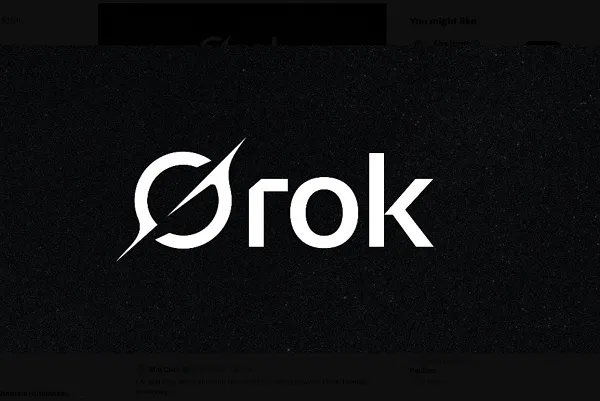





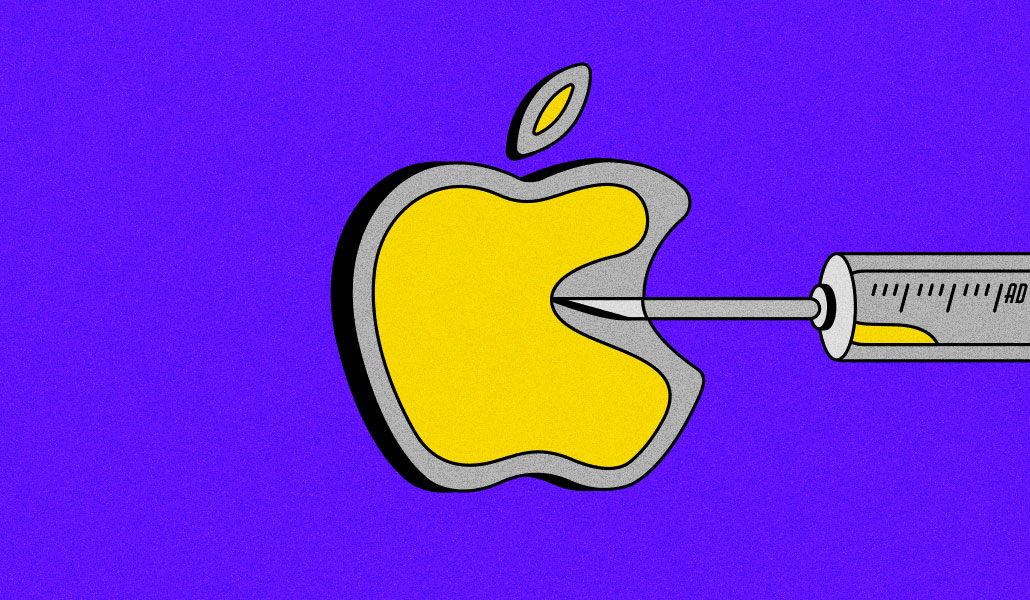


![31 Top Social Media Platforms in 2025 [+ Marketing Tips]](https://static.semrush.com/blog/uploads/media/0b/40/0b40fe7015c46ea017490203e239364a/most-popular-social-media-platforms.svg)
















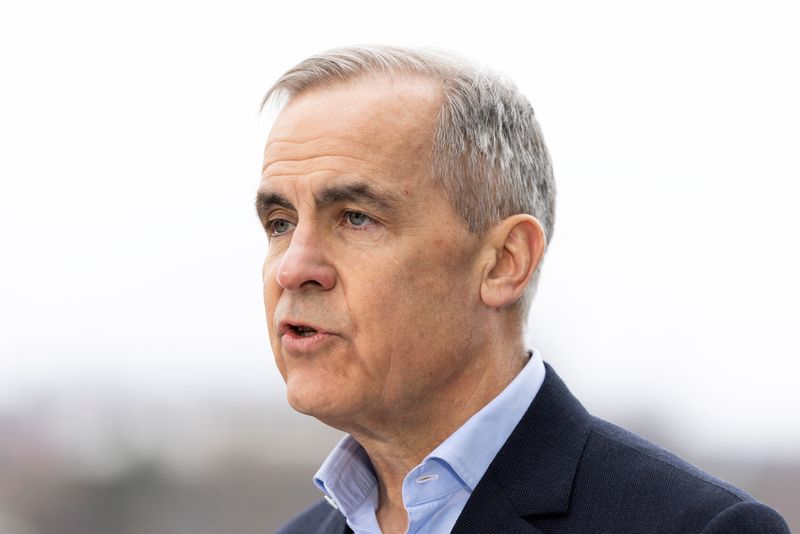








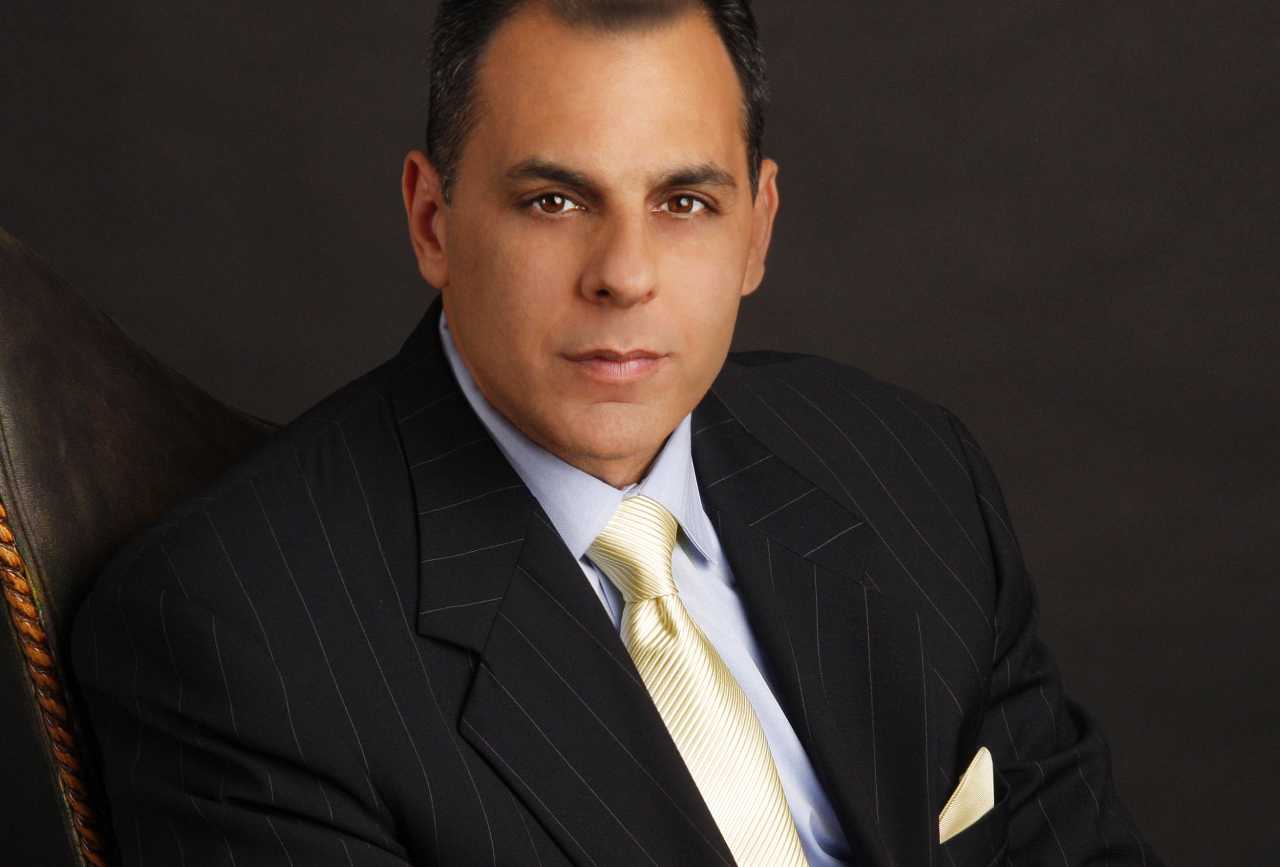














![[Weekly funding roundup April 12-18] VC inflow declines to 2nd lowest level for the year](https://images.yourstory.com/cs/2/220356402d6d11e9aa979329348d4c3e/WeeklyFundingRoundupNewLogo1-1739546168054.jpg)































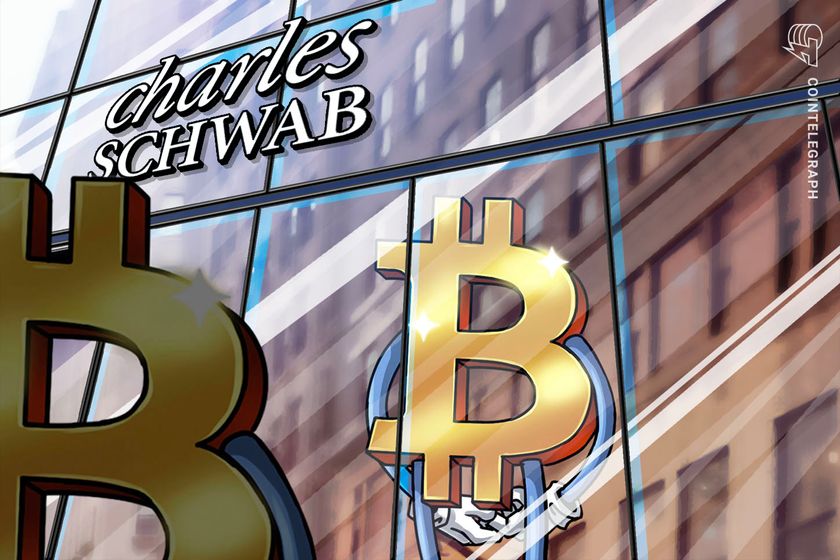

































































































![How to Find Low-Competition Keywords with Semrush [Super Easy]](https://static.semrush.com/blog/uploads/media/73/62/7362f16fb9e460b6d58ccc09b4a048b6/how-to-find-low-competition-keywords-sm.png)
